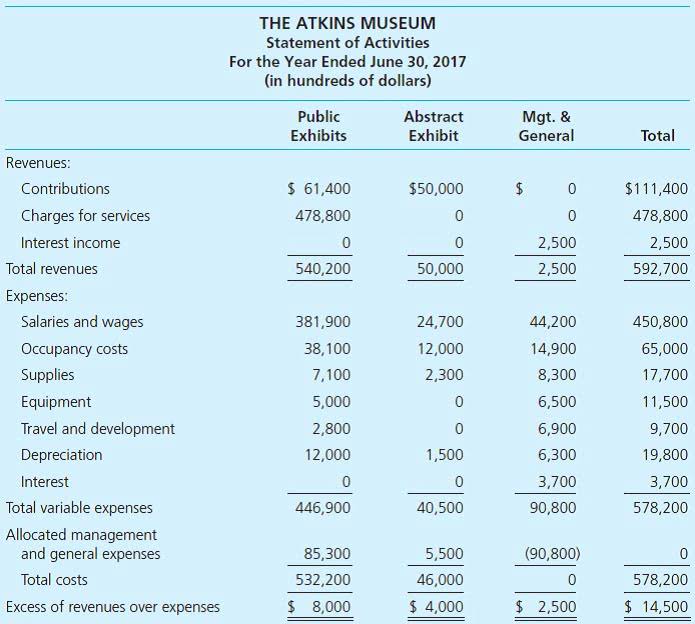
You should also utilize accounting software or bookkeeping software to oversee the liabilities and assets related to your business. Accounts payable refers to any current liabilities that are incurred by companies. Examples include purchases made from vendors on credit, subscriptions, or installment payments for services or products that haven’t been received yet. Accounts payable are expenses that come due in a short period, usually within 12 months.
How Accounts Payable and Accounts Receivable Compare
Similarly, if a borrower is looking to raise money, he may do so by issuing a note payable in favor of the lender. Once such note is issued and signed by the drawer, it serves as a legally binding undertaking for payment of the amount due at the terms specified therein. This article looks at meanings of and differences between two aspects of promissory notes – notes payable and notes receivable. Accounts payable is the money owed to vendors and suppliers that results in cash outflow.

Foster strong vendor and creditor relationships
Notes receivable are received by lenders or debtors for amounts due to them. Accounting departments or merchants must be responsible for sending invoices on time. For example, once a company chooses a supplier, it’ll send an official purchase order, terms and conditions and set a date for delivery. It may also agree to pay a portion of the costs upfront and the rest of the money after the services have been fulfilled (i.e., 50% in credit and 50% in debit).

How Remilk, a Biotech Startup, Achieved Full Budget Control from Day 1

AP reflects short-term liquidity, while NP affects long-term debt obligations and creditworthiness. Proper management of notes payable vs. accounts payable can strengthen financial health and prevent unnecessary risks. These examples show the practical application of accounts payable and notes payable in everyday business scenarios. Understanding the differences between the two is essential for accurate financial record-keeping and decision-making. If a buyer owes his seller Insurance Accounting a sum of money on account of purchase of goods and requires some more time to clear the payment, he may issue a note payable in favor of the seller.
Example of Notes Payable and Notes Receivable
Notes payable are often used to purchase things like commercial buildings, industrial equipment, company cars or trucks, or other significant procurements that require a loan. Notes payable entries always involve a written agreement between the buyer and seller, usually in the form of a promissory note. Like accounts payable, the current notes payable balance can be found on your company balance sheet. While long-term debt can assist in managing cash flow by often requiring lower monthly payments what is the difference between notes payable and accounts payable compared to short-term notes payable, it comes with the drawback of tying up funds for an extended period.

Common Situations for Notes Receivable:
Using LTNP credit, you improve everyday control while building products and features to increase future revenue. Strategically managing payments ensures that businesses maintain liquidity without risking financial instability. A manufacturing company obtains a $100,000 loan from a bank at a 5% annual interest rate to finance the purchase of production machinery, with a repayment term of five years. For example, a 2/10 net 30 discount – where you bookkeeping would get a 2% discount to pay in ten days vs. the standard 30-day term – translates to a 36% annual return on that cash.
- When the expense is paid, the accounts payable liability account decreases and the asset used to pay for the liability also decreases.
- A business taking out a loan to buy equipment and signing a promissory note to repay the loan over three years, with interest, is an example of notes payable.
- These transactions are often recurring and part of the normal course of business operations.
- Under the accrual accounting method, when a company incurs an expense, the transaction is recorded as an accounts payable liability on the balance sheet and as an expense on the income statement.
- Understanding the differences between notes payable vs. accounts payable is crucial for managing cash flow, maintaining strong supplier relationships, and making informed financial decisions.
- Promissory notes usually specify a given maturity date, interest rate, and any collateral.
When a credit purchase of goods or services takes place, the buyer or customer will receive an invoice for the same from the seller. Recording of this invoice in the books of the customer creates an accounts payable balance in favor of the seller. Accounts payable is money your company owes to vendors and suppliers—and are often referred to as liabilities. It records a $500 credit in the accounts payable field and a $500 debit to office supply expense when the AP department receives the invoice.
- Because AP and NP are both documented as liabilities on a balance sheet, people are often confused by their differences.
- Invoicera, the online invoicing software is specifically designed to cater to individual needs of each all types of enterprise, small business, and freelancers.
- Automated solutions can assist accounts payable to streamline and simplify the processing of these payments as well.
- However, notes payable differs from the above in certain aspects even though it represents the money the business owes.
- That said, managing notes payable and particularly accounts payable can be challenging.
- This is usually done if the company needs more time to pay an accounts payable invoice.
Difference between notes payable and notes receivable

Key characteristics of notes payable include the principal amount borrowed, the interest rate, the term of the loan, the payment schedule, and any required collateral or security. Notes payable can be secured or unsecured and issued by individuals or businesses. Both the items of Notes Payable and Notes Receivable can be found on the Balance Sheet of a business. Notes Receivable record the value of promissory notes that a business owns, and for that reason, they are recorded as an asset.